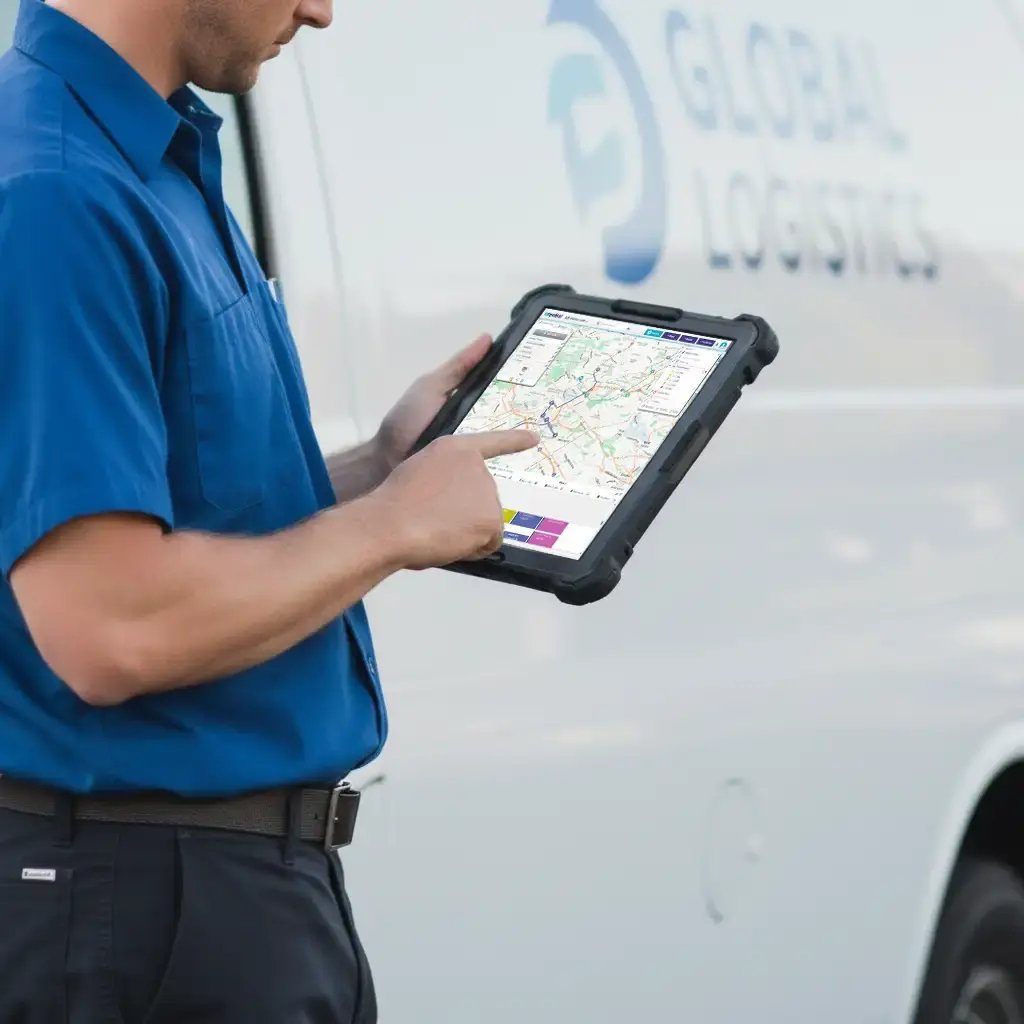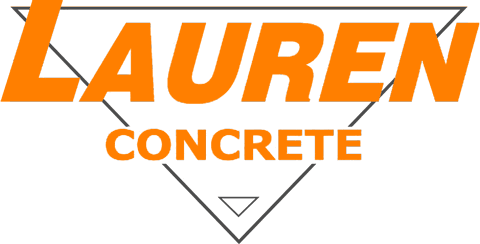Unlike many consumer-level apps, eSpatial's route planning software makes sharing easy, so updating your manager, team, and colleagues is simple and intuitive.
Our Customers Love Mapping With eSpatial
What is Route Optimization?
Route optimization automatically determines the most efficient order and path for multiple customer visits or service stops. Unlike consumer mapping apps, our route optimizer and route optimization tool let you import all stops (often hundreds) at once. The route optimization software then computes the optimal route planner across every destination, saving time, reducing fuel costs, and increasing reps’ selling time. Dynamic re‑optimization handles cancellations or delays on the fly and keeps your route planning software working in real time.
No credit card required
Why Traditional Planning Fails
Traditional, manual routing falls short in modern field operations. Common problems include:
-
Limited capacity
Manual planning or consumer navigation apps can’t efficiently scale beyond a few stops
-
No re‑optimization
If appointments shift or are canceled, routes become invalid
-
Poor CRM or territory alignment
Sales data isn't integrated, and territories are mismatched
-
Inefficient coverage
Overlapping or unbalanced territories lead to wasted time and missed opportunities
Save on Average 20% More Fuel And
Increase Selling Time by up to 30%
See the return on investment your organisation can get by using eSpatial's routing tool
Why Choose eSpatial's
Route Optimization Software?

1. Automatic Route Planning
Our route optimization tool automatically computes the best sequence for customer visits, whether day‑long sales routes or multi-stop service itineraries. You can plan one-way or round-trip routes that align with meeting times, cut travel, and reduce planning time by up to 90%. Best of all, it eliminates manual planning.

2. Integrate CRM and Spreadsheet Data
Upload CRM or Excel data to map your lead, prospect, and client records instantly. Each mapped stop shows key fields like status or priority, turning your route planner into a smart, data-driven tool that helps you focus on high-value opportunities. Your data stays consistent and synced across platforms.

3. Supports Multiple Stops and Territories
eSpatial is built to meet complex route and territory needs. This route optimizer ensures field teams cover their areas effectively and confidently:
- Plan routes with dozens or even hundreds of stops per rep
- Design and align territories for balanced workload and optimal coverage
- Assign multi-stop routes within defined territories to streamline logistics and maximize efficiency

4. Mobile‑friendly for Field Teams
Designed for reps on the go, the eSpatial mobile app keeps teams connected and agile. Field users can:
- View and follow optimized routes on mobile
- Report appointments, start/end times, and notes
- Re-optimize midday after cancellations or new scheduling

5. Visualize Data for Better Decisions
Visualization turns data into strategy:
- Create heat maps and pin and bubble maps to spot sales hotspots
- View territories, route density, and coverage gaps
- Assess route & rep performance metrics from drive time to completed visits
These insights from a strong route optimization solution support better planning, staff allocation, and strategic decisions. With visual clarity, your route planning software becomes a powerful field execution tool.
Flexible Pricing to Suit Every Business
Our team is here to help you every step of the way

095%
Reduction in project delivery time
067%
Faster sales rep onboarding
030%
Increase in time spent selling
Key Features
eSpatial's route optimization software includes tools to streamline planning, improve field performance, and adapt to real-time changing schedules.
- Drag-and-Drop Route Editing: Quickly adjust stop sequences manually when needed, without restarting the entire route.
- Appointment Locking: Lock priority meetings into place so the route optimizer works around them automatically.
- Territory Realignment Tools: Easily reassign or adjust territories to maintain balance, improve efficiency, and reduce overlap.
- Route & Rep Performance Analytics: Track mileage, drive time, completed stops, and customer visits to evaluate and optimize rep productivity.
- Priority-Based Scheduling: Focus each route on high-value leads and time windows, ensuring the most critical stops get covered.
No credit card required
More on Optimizing Your Routes
With eSpatial's intelligent automated route optimization, you can easily build, analyze, and share multi-stop plans across your team. Visual analytics and heatmaps help refine territories and sales focus. The platform is powerful and intuitive. Use our route optimization software to re-optimize routes instantly when schedules shift.
-
Map route
plannerMake more calls, drive fewer miles, and accelerate time to revenue
Learn more about Map route planner -
Advanced sales
route plannerThe perfect solution for planning and route optimization
Learn more about Advanced sales route planner
What Our Customers Say
Sales data can be mapped in minutes, which has saved customers countless hours, leading to faster, more efficient alignments in less time
“We wanted to know for each of our plants. What is the plant's low-cost service area? What is the geographic region around that plant? And whether that plant is the most cost-effective option to ship concrete. We wanted to take advantage of that. We also wanted to know the most costly delivery areas in central Texas. And which of our customers are in those areas.”
“The first quick win for us was that eSpatial was so easy to use. After using so many other applications, eSpatial was the easiest for importing our data and identifying the fields and hierarchies that would deliver efficient alignments. At the end of the day, you are finalizing the sales territory in front of their eyes. It is much more real to the key stakeholders, which has been transformational for Thermo Fisher.”
“Sales data can be mapped in minutes. That has saved us countless numbers of hours. And we have eliminated steps from the design and approvals process leading to faster more efficient alignments in less time. The findings in our eSpatial visualizations are definitely going to inform 2022 strategy for the better. 100%, we're going to renew our eSpatial license.”
“We're always trying to improve our output and what we're putting in front of executive management teams and boards. We started looking around at different data visualization and mapping software programs and did a fair amount of due diligence on multiple companies. After vetting various platforms, eSpatial rose to the top of our list. I personally can say that we've loved it ever since.”
“I've been in this industry for 35 years, and to have a tool that I can pick up and use quickly just means the world to me. With eSpatial, I can create reports and make changes in 20 minutes, it's easy to log in and update things quickly. You wouldn't think in mapping software you would have someone so responsive in technical support. That was the prime reason I settled on eSpatial.”
“eSpatial has been an awesome tool for Starkey. From our territory planning; splitting territories, adjusting for local details, communicating and mocking up options. Then giving that updated detail to our sales team along with live access to CRM and trip planning. And then representing everything in a beautiful way that we love to use in presentations - it is truly a very impressive package.”
“eSpatial is an irreplaceable tool for our business, for example we are now able to run one of our key processes 32 times faster and have been able to double the number of customers we can visit in a given week by making better decisions. You can't control how much time you have in a given day, but you can control how it is used and eSpatial has certainly helped us significantly with that.”
Support From Our Experts
When You Need It
You're the expert on your data and line of work, but to complete your project, you may need some backup. That's why our support team includes geographic information system (GIS) experts who can assist with mapping and data integration needs during onboarding and throughout your time as an eSpatial user. You're never without help when using our route optimization solution or route optimization app.

Frequently Asked Questions
How Does eSpatial Make My Reps' Days More Productive?
Reps can:
- Plan the most efficient multi-stop routes
- Spend less time driving and more time selling
- Reduce admin with fast, automated planning
How Do You Ensure Reps Actually Adopt the Tool?
Adoption is built in:
- Simple, visual interface
- Minimal training required
- Clear time savings that motivate daily use
How Does Route Optimization Cut Costs Compared to Basic Maps?
Our advanced algorithms factor in:
- Travel time
- Service windows
- Route capacity
This delivers measurable savings in fuel and labor hours.
How Does eSpatial Help Me Present Data to Leadership?
You can create:
- Interactive maps that replace static Excel charts
- Before-and-after route scenarios
- Heatmaps of campaign performance by region
These visuals make your strategy easy to understand and approve.
Does eSpatial Work on Mobile for Reps on the Road?
Yes. Reps can access routes and maps on any device, making it easy to follow optimized plans while traveling.
Start Mapping Your Sales Route Today
eSpatial gives you the tools to move fast and make an impact, whether mapping customers, building smarter territories, or planning optimal routes. You don’t need a GIS expert; you just need your data and a few minutes to start.
Try it for free today or book a quick demo with our team to see how mapping can transform your business.
No credit card required


















